PPT-Leads for Nonfiction writing
Author : layla | Published Date : 2024-06-07
Strategies for LEADS Start with POWERFUL IMAGERYSENSORY LANGUAGE The perfectly thrown football moving at a high rate of speed makes a ripping sound as it leaves
Presentation Embed Code
Download Presentation
Download Presentation The PPT/PDF document "Leads for Nonfiction writing" is the property of its rightful owner. Permission is granted to download and print the materials on this website for personal, non-commercial use only, and to display it on your personal computer provided you do not modify the materials and that you retain all copyright notices contained in the materials. By downloading content from our website, you accept the terms of this agreement.
Leads for Nonfiction writing: Transcript
Download Rules Of Document
"Leads for Nonfiction writing"The content belongs to its owner. You may download and print it for personal use, without modification, and keep all copyright notices. By downloading, you agree to these terms.
Related Documents

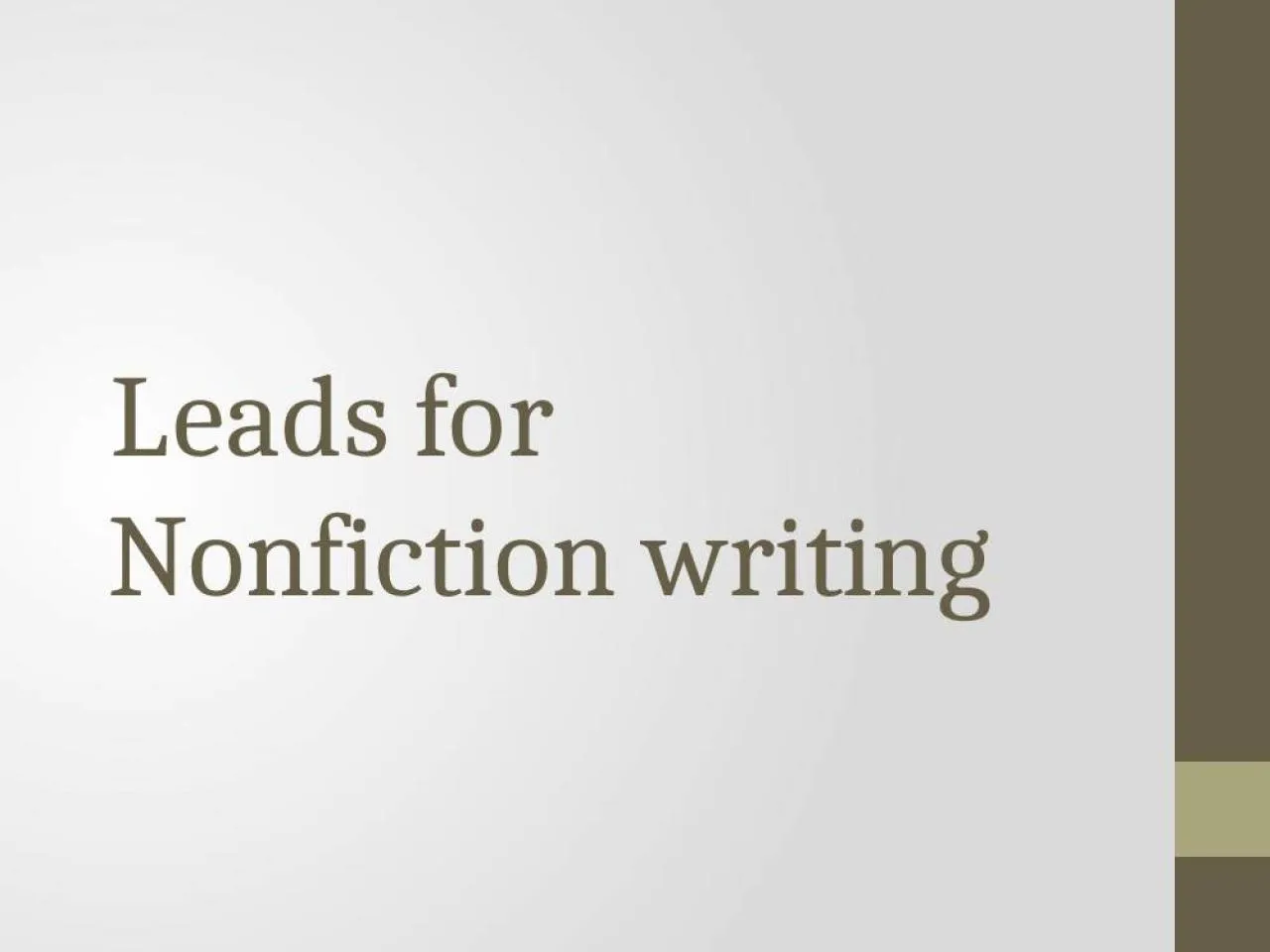
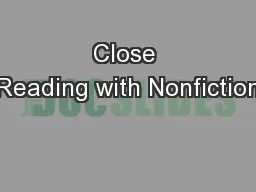
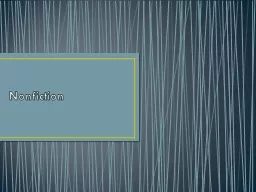
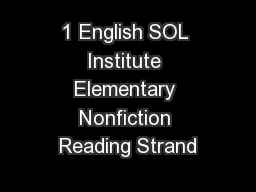
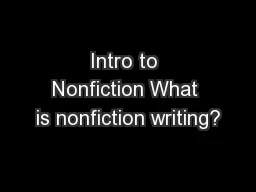
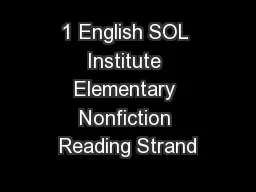
![[DOWNLOAD] - 180 Days of Writing for Sixth Grade - An Easy-to-Use Sixth Grade Writing](https://thumbs.docslides.com/901243/download-180-days-of-writing-for-sixth-grade-an-easy-to-use-sixth-grade-writing-workbook-to-practice-and-improve-writing-skills.jpg)
![[EBOOK] - 5 Kinds of Nonfiction: Enriching Reading and Writing Instruction with Children\'s](https://thumbs.docslides.com/901384/ebook-5-kinds-of-nonfiction-enriching-reading-and-writing-instruction-with-children-s-books.jpg)
![[EPUB] - 180 Days of Writing for Second Grade - An Easy-to-Use Second Grade Writing Workbook](https://thumbs.docslides.com/901424/epub-180-days-of-writing-for-second-grade-an-easy-to-use-second-grade-writing-workbook-to-practice-and-improve-writing-skills.jpg)
![[DOWNLOAD] - 180 Days of Writing for Kindergarten - An Easy-to-Use Kindergarten Writing](https://thumbs.docslides.com/901444/download-180-days-of-writing-for-kindergarten-an-easy-to-use-kindergarten-writing-workbook-to-practice-and-improve-writing-skills.jpg)
![[DOWNLOAD] - Reading Nonfiction: Notice & Note Stances, Signposts, and Strategies](https://thumbs.docslides.com/901478/download-reading-nonfiction-notice-note-stances-signposts-and-strategies.jpg)
![[EBOOK] - 180 Days of Writing for First Grade - An Easy-to-Use First Grade Writing Workbook](https://thumbs.docslides.com/901798/ebook-180-days-of-writing-for-first-grade-an-easy-to-use-first-grade-writing-workbook-to-practice-and-improve-writing-skills.jpg)
![[EBOOK] - Nonfiction Sight Word Readers Parent Pack Level C: Teaches 25 key Sight Words](https://thumbs.docslides.com/901808/ebook-nonfiction-sight-word-readers-parent-pack-level-c-teaches-25-key-sight-words-to-help-your-child-soar-as-a-reader.jpg)
![[EPUB] - 35 Tips for Writing a Brilliant Flash Story: A manual of flash fiction and nonfiction](https://thumbs.docslides.com/907237/epub-35-tips-for-writing-a-brilliant-flash-story-a-manual-of-flash-fiction-and-nonfiction-storywriting-35-tips-series.jpg)